
If you are using liquids other than purified water in your coffee maker there is a chance you will need to descale your coffee machine. This is because most of the water is “hard” and contains minerals such as calcium and magnesium.
These minerals build up within your coffee maker over time and need to be removed and cleaned out. Descaling is a cleaning process that removes the buildup of these minerals, called limescale. You will know if you have it in your machine if you see a hard, white-ish, chalky mineral deposit. This is caused when metal gets heated and oxides form.
Calcium and other materials are non-toxic, but over time it will hinder the performance of your brewer. The water lines may get clogged and the water may be blocked. Here are some minerals that will be removed when you descale your machine:
- Limescale
- Calcium Deposits
- Rust
- Water Scale Buildup
- Mud
- Other Non-soluble Deposits
One thing to know is that cleaning a coffee maker is different from descaling a coffee maker. These are two different processes and two different problems. Even if you clean your coffee maker often you will need to descale even 3 to 6 months.
What Happens if you don’t Descale your Coffee Maker?

Photo by Whole Latte Love on YouTube
If you’ve never descaled your coffee maker you may be experiencing some issues with your coffee maker you might not know about. There will be a negative impact on your coffee maker’s boiler. Here are some issues that may be solved with a descale:
- Your coffee maker won’t be able to reach optimal brewing temperature for extracting flavor from your coffee beans.
- Mineral buildup can block or clog water flow and cause the machine to stop working.
- The coffee brewed will be lukewarm and not be hot enough for you to enjoy.
These are just a few things that will happen if you don’t descale your coffee maker. There will definitely be adverse effects to your coffee whether it be a lower quality cup of joe or problems with your coffee maker.
How to Make a Descaling Solution at Home
You may be wondering how cleaning and descaling your coffee machine is any different. The main difference is the use of a descaling solution to clean your coffee maker.
The descaling solution that most manufacturers sell is a mix of acidic chemicals that can remove mineral build up in your coffee machine. However, you can use household materials to create a homemade descaling solution.
If you make your descaling solution at home you can save money and know exactly what is inside your coffee maker.
There are also many natural descalers that you can run through your coffee machine that you may have lying around at home.
Vinegar, the everyday coffee machine descaler
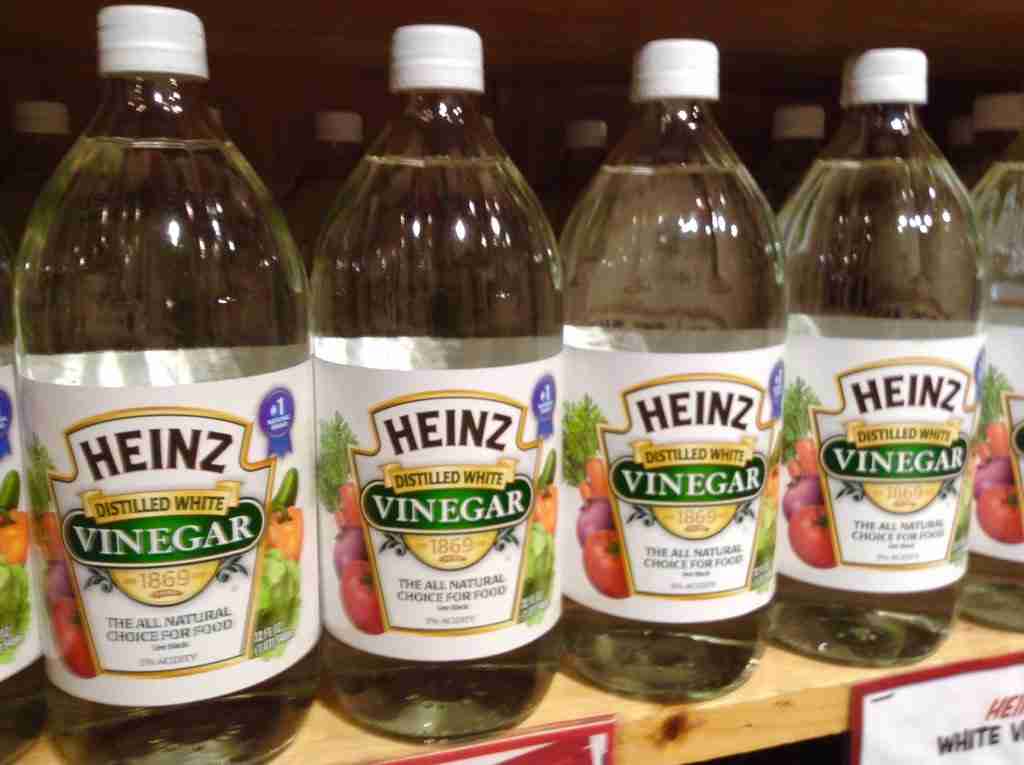
For anyone who is familiar with homemade cleaning products vinegar is always a great cleaning solution. There have been doctors and researchers that say vinegar can help cleaning and sanitize your things.
The reason why vinegar is so great at removing minerals and lime is that it is very acidic.
The benefits of using vinegar are, it is extremely cheap and very easy to find. You can be heavy-handed and used as much as you want because of it easily replenishable. This is great because it may take several cycles to remove all the lime and materials from your machine.
Use a mixture of 1/3 vinegar and 2/3 water as a solution.
Citric acid, the best smelling descaling alternative

Citric acid also has a very low pH so it is great at removing lime and minerals as well. The reason citric acid is great for descaling is that it smells great and will not linger after being washed out. Sometimes cleaners leave a chemical smell and taste after using them, however, this will not happen with citric acid.
It is also extremely cheap and easy to find. You can find citric acid pellets at your local grocery store.
One of the downsides to using citric acid is that it may be less acidic than commercial cleaners and even vinegar so you will have to do more cycles to get the same result.
To make a citric acid descaling solution at home simply dissolve a tablespoon of citric acid pellets into a gallon of water. You can use this to remove mineral build up in your coffee machine and even on counters and on sinks.
Baking soda, the descaling miracle cleaner
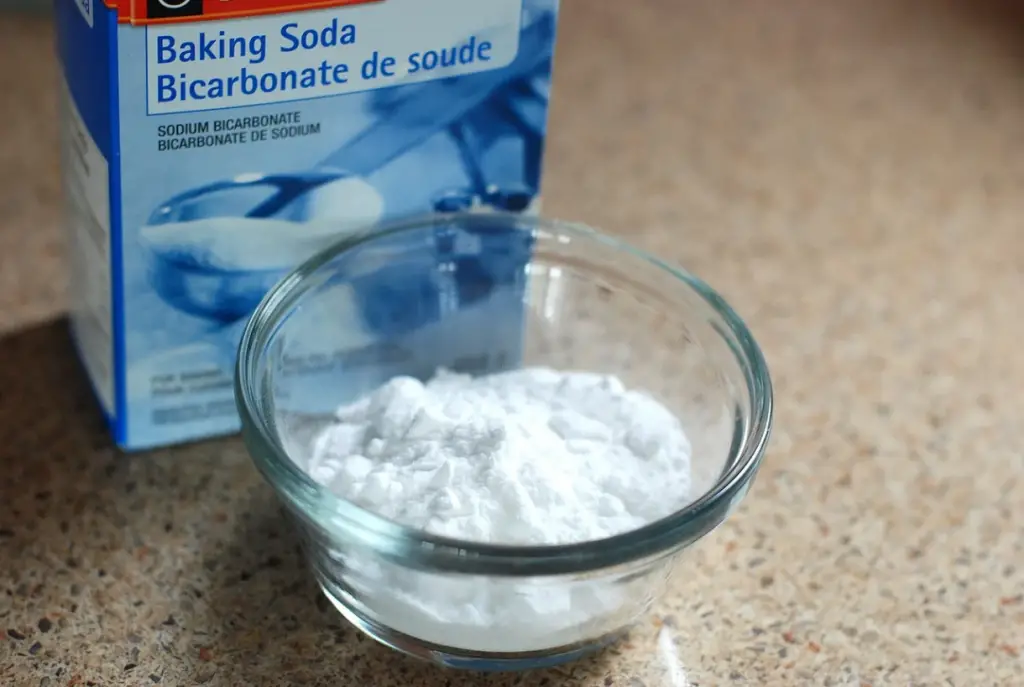
Baking soda is known to be a great cleaner and is often cited as an everyday cleaning material. If your coffee pot is stained brown as well as in need of descaling this is the method you should use.
The baking soda will easily remove any stains on your coffee machine and pot as well as remove any mineral buildups. This will be the best for cleaning, but it may not be the best for descaling. You will have to run this solution through your machine a few times to descale your machine.
By using baking soda there will be no scent or taste left behind and will leave your pot sparkling clean. It is a great value and is an ingredient that everyone has easy access to.
To make this solution mix a teaspoon baking soda into about a liter of warm water and mix until it is a homogeneous mixture.
Lemon juice, the most natural descaling solution
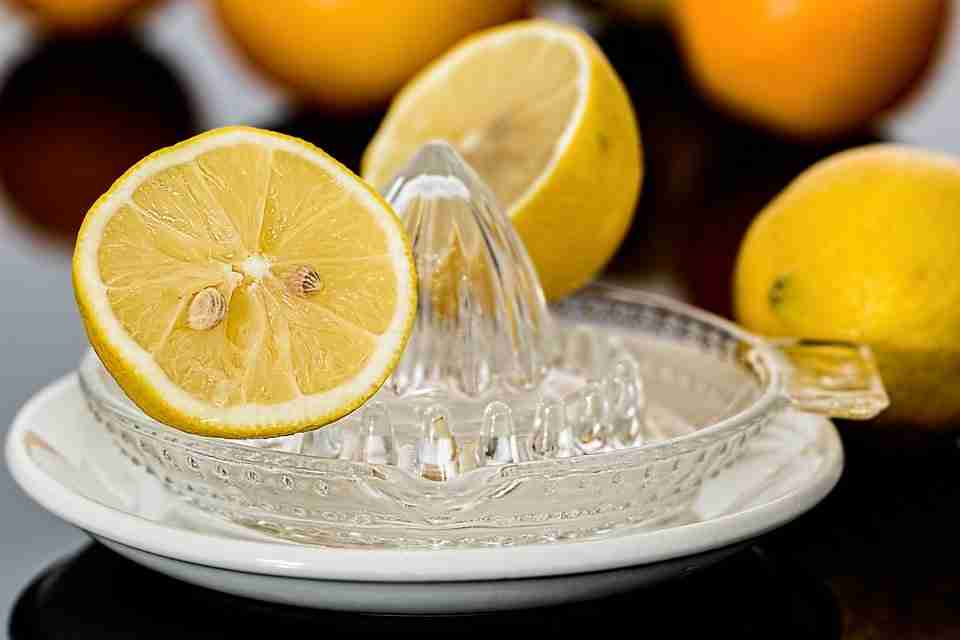
If you use lemon juice to descale your coffee machine it will be one of the best smelling descaling solutions that you can use and it will be extremely effective.
This is because lemon juice is extremely acidic and it is all natural so you will not be wary after using it to clean your coffee machine. It is still recommended to run your machine with water to wash away any residual taste.
Use a mixture of 1/3 lemon juice and 2/3 water as a solution.
How to Descale a Keurig Coffee Maker
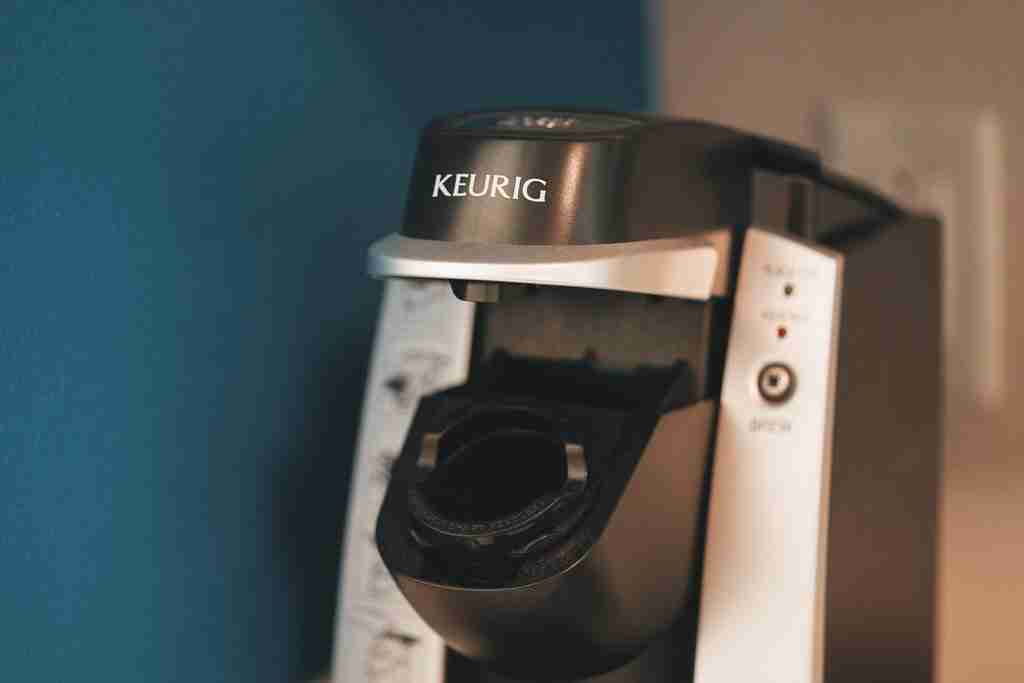
You will know when you need to descale your Keurig coffee maker. Your coffee will smell foul when brewed and your coffee maker will barely be able to fill your cup of coffee.
First, start by cleaning and washing your Keurig. Do a quick soap wash of all the components of your Keurig. Unplug the coffee maker and rinse the lid, mug tray, and K-Cup holder with warm water and soap. Once dried reassemble the machine and prepare for descaling.
Next, prepare the descaling solution. You can choose one of the solutions listed above depending on the pros and cons listed.
Then, use the descaling solution as the liquid and run it through your coffee maker. Make sure there is no coffee inside your coffee machine. Set your Keurig to the maximum size and keep running the solution through the machine until you’re out of solution.
Dispose of all the liquid because it will contain minerals flushed out of your Keurig. After this step leave your Keurig along for 30 minutes to 1 hour so the acid can break down any remaining scale.
Last, flush out any remaining descaling solution from your machine by running fresh water through it. Continue brewing until you think everything has been washed out. At this point, it is safe to test the water and see if there is any taste that is lingering from the descaling solution.
How to Descale a Breville Coffee Maker
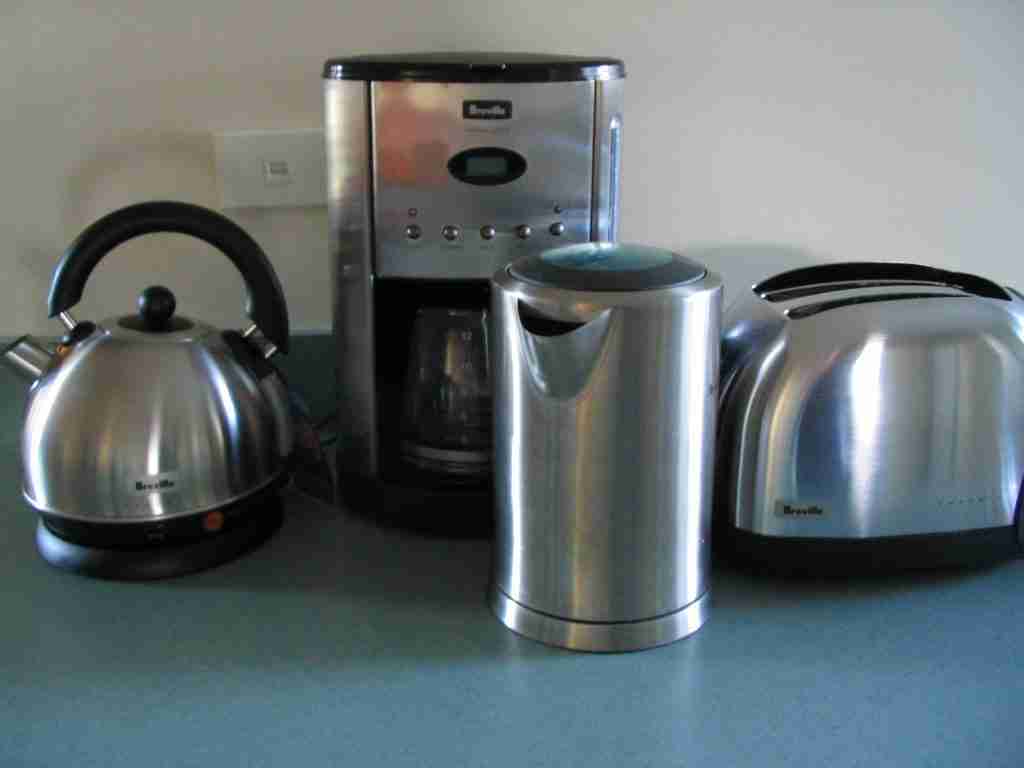
Like any other coffee machine, Breville coffee makers will need to be descaled. It is a very simple procedure.
First, start by washing all the parts to your Breville coffee maker. You can use warm water and soap to clean as much as you can.
Next, prepare one of the simple descaling solutions that we have provided above. You should have about 12 cups of liquid in total. Most materials should be able to be found around the house.
Once this is prepared pour this liquid into the water tank and make sure the carafe mode is selected with no coffee in the coffee basket. For strength make sure pre-ground is selected and all 12 cups are brewed. You can repeat this step as many times as necessary.
The last step will be to use water to rinse out the remaining descaling solution. Continue doing so until there is no lingering fragrance, scent, or flavor from your solution.
How to Descale a Cuisinart Coffee Maker

The Cuisinart coffee makers will be the easiest coffee maker to clean. Many machines come with the self-clean option and it makes it extremely easy to maintain.
Some machines will have a descale warning appear on the HUD and tell you it is time to remove the mineral build-ups.
Descaling a Cuisinart may be more confusing depending on the model that you have. First, remove and drain the water reservoir.
Then disable the auto on and auto off time features. After you have done that prepare any one of the descaling solutions listed above depending on your personal preference and pour that into the water reservoir.
Press the hot water button and let the descaling solution cycle through the machine. Make sure you dispose of any liquid that is run through the machine. Continue doing this until all the solution is used. Once all the solution is gone leave your machine on for 30 minutes to 1 hour so the acid can dissolve any remaining minerals.
Last, use water to rinse out any remaining solution and minerals left in the machine using the hot water feature. Continue doing so until there is no traces of the solution left.
If descale still appears on your coffee maker, repeat these steps until it goes away.
Why you Should Stay Away from Chemical Descaling Solutions
Why use harmful chemicals when you can use all natural materials that you can find at home? You will be putting these chemicals into your coffee maker; something that you will be drinking liquid out of. Even if the packaging says it is food safe you do not want to take the risk.
It will also be over priced because of the convenience provided to you. This is something you can make by mixing together 2 things you can find at home and you should not be charged a premium for it.
Thoughts about Descaling
Let us know if you have any questions about descaling and if this article has helped. There have been many times when I have questioned if my coffee maker was on its last legs when in reality it only needed to be descaled.
If you have any tips and tricks or any descaling hacks please leave a comment and share your thoughts.

